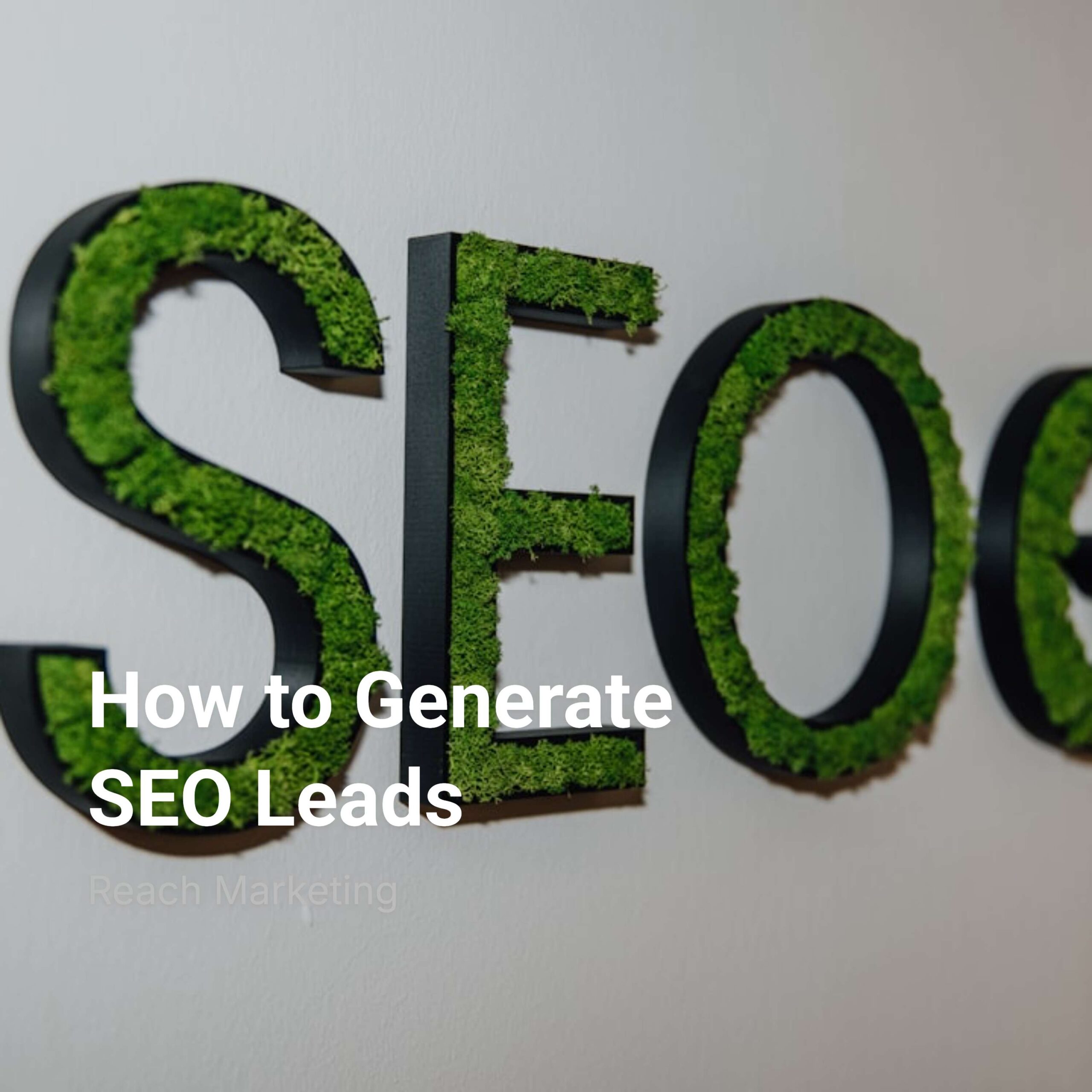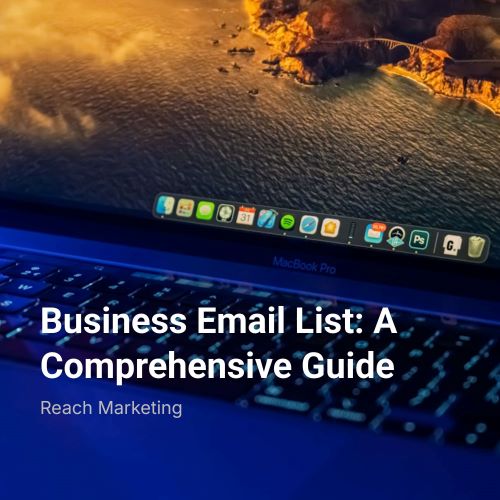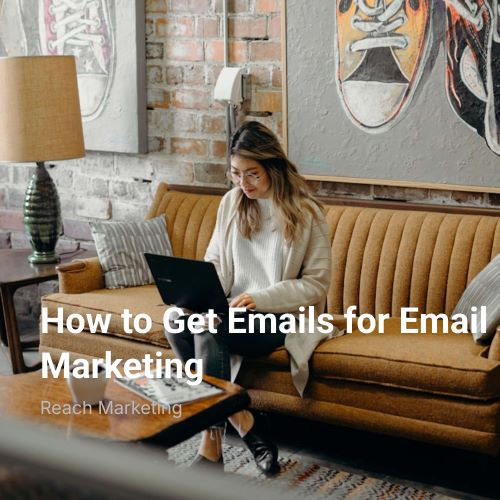
B2B sales professionals are constantly seeking innovative methods to generate quality leads and close high-value deals. The days of cold calling and generic outreach are fading, replaced by sophisticated lead generation techniques tailored to attract, engage, and convert top-tier prospects. To succeed, businesses must adapt their sales strategies to build more personalized and effective connections with their audience.
Whether you’re a seasoned sales executive or a business looking to boost revenue through lead generation, this guide outlines essential techniques for modernizing your B2B sales efforts. By leveraging cutting-edge tools, focusing on customer insights, and refining your approach, you’ll be well on your way to revamping your B2B sales pipeline.
Generating leads isn’t just about building a list of potential contacts—it’s about creating connections that have the potential to translate into high-value deals. Quality lead generation prioritizes prospects most likely to benefit from your products or services, thus increasing the chance of successful conversions. By focusing on leads that match your ideal customer profile, your sales team can use their time more efficiently, resulting in a higher return on investment (ROI).
A strong B2B sales strategy begins with a clear understanding of who you’re targeting. An Ideal Customer Profile (ICP) is a detailed description of the type of company that would benefit most from your product or service. A well-defined ICP focuses your lead generation efforts on businesses that are likely to yield high-value deals.
Content marketing is a powerful tool for drawing in quality leads by providing valuable information that resonates with your target audience. The key to success is creating content that addresses specific challenges and showcases your expertise in solving them.

Account-Based Marketing (ABM) allows you to target specific accounts with tailored messaging, making it a powerful approach for B2B sales. By focusing on high-value prospects, ABM enables you to create personalized experiences that resonate with individual decision-makers.
Customer Relationship Management (CRM) and sales automation tools streamline your lead generation process, enabling you to track and nurture leads more effectively. These tools help manage interactions with prospects, ensuring timely follow-ups and relevant communications that build stronger relationships.
Social selling leverages social media platforms to connect with potential leads and build relationships that eventually lead to sales. In B2B sales, LinkedIn is particularly effective for reaching decision-makers and sharing content that highlights your expertise.
Email marketing is a staple in B2B sales lead generation, allowing you to stay in touch with prospects and move them through the sales funnel. A successful email campaign is personalized, informative, and strategically timed to keep your brand top-of-mind.
Not every lead is ready to make a purchase, which is why qualifying leads through discovery calls is essential. These calls help you understand the prospect’s needs, challenges, and budget, allowing you to determine whether they’re a good fit for your solutions.

Data-driven decision-making is crucial for optimizing your B2B sales lead generation efforts. By analyzing performance metrics, you can identify areas for improvement and make adjustments to your strategy based on concrete insights.
The B2B sales landscape is constantly evolving, and staying ahead of industry trends is essential to maintaining a competitive edge. Regularly review your lead generation and sales strategies to ensure they align with the latest technologies, buyer behaviors, and market conditions.
In B2B sales, building and maintaining strong relationships with clients is crucial for closing high-value deals and fostering long-term success. Unlike B2C sales, where purchases are often transactional, B2B sales require trust, reliability, and consistent value delivery. Here are some relationship-building strategies to help B2B sales professionals cultivate deeper connections with potential clients:
Transparency is essential in building trust. Be upfront about your offerings, limitations, and pricing. This approach fosters respect and sets realistic expectations, reducing the chances of misunderstandings down the road. Honesty about what your product can and cannot do strengthens credibility, and clients will appreciate the openness when assessing whether your solution aligns with their needs.
Post-sales follow-ups are just as important as initial outreach. A well-timed, personalized follow-up shows prospects that they are valued beyond their role as potential customers. After a meeting or discovery call, send a summary of the conversation, addressing their pain points and outlining how your product or service can help. These follow-ups demonstrate attentiveness and ensure that prospects have all the information needed to make informed decisions.
Continued engagement through newsletters, personalized emails, or invitations to webinars can help maintain contact with prospects over time. Rather than pushing for a sale immediately, provide valuable content that aligns with their interests and addresses their challenges. For example, share insights on industry trends, new tools, or ways to maximize your product’s benefits. This approach positions your company as a trusted partner rather than just a vendor.
In the B2B landscape, decision-makers are often risk-averse, seeking assurance that they’re making the right choice. Social proof—such as testimonials, case studies, and industry certifications—can provide that assurance by showing evidence of your past successes.
Case studies are a compelling way to demonstrate the effectiveness of your solutions. Highlight specific examples of how your products or services solved a client’s problem, detailing the process and the results. By presenting measurable outcomes, such as a percentage increase in efficiency or revenue, you give potential clients concrete proof of your value. Remember to focus on cases that are relatable to your target audience’s industry or business size for maximum impact.
Testimonials from satisfied clients build trust with potential customers by validating your claims. Display testimonials on your website, in marketing materials, and on social media to increase credibility. Whenever possible, use testimonials from recognizable brands or well-known figures within your industry to further strengthen your reputation.
Industry accolades, certifications, and partnerships reflect a commitment to quality and can give you an edge over competitors. These credentials signal to potential clients that your business meets high standards and is respected in the marketplace. Display these accolades prominently on your website and in your sales materials, especially if they are specific to the industries you serve.

Understanding the buyer’s journey—a prospect’s path from initial awareness to final decision—is essential for developing a B2B sales strategy that resonates at each stage. A customer-centric approach tailored to where the prospect is in their journey can significantly enhance lead generation and conversion rates.
In the awareness stage, prospects are identifying problems and seeking general solutions. Your goal is to educate them on the challenges they face and position your company as a knowledgeable resource. Use blog posts, white papers, and informational videos to discuss common pain points and introduce your expertise. Avoid pushing sales at this stage; instead, focus on providing value through insights and information.
When a prospect enters the consideration stage, they are evaluating different solutions to address their problem. Now is the time to present your product or service as a potential fit. Case studies, product comparison sheets, and webinars can be useful tools to showcase how your solution meets their specific needs. Personalizing the content to address the unique challenges the prospect faces will help build a strong case for your offerings.
In the decision stage, prospects are ready to make a purchase but may have final reservations. Offering one-on-one consultations, product demos, or trials can help address any last-minute concerns. This is also the stage where providing social proof, such as client testimonials or ROI projections, can help seal the deal. Offering flexible payment terms or a money-back guarantee can also provide additional assurance, demonstrating your confidence in your product’s value.
The B2B sales landscape is dynamic, requiring an adaptive approach. Regularly assess and refine your lead generation strategies based on performance data, feedback from the sales team, and customer interactions. Here are some steps for ongoing improvement:

Understanding the SEO Lead Landscape Before diving into tactics, it’s critical to understand what an SEO lead actually is. An SEO lead is a...

In today’s hyper-competitive digital marketplace, few channels deliver the consistent ROI and direct engagement that email marketing provides. In this Business Email List: A...

Why an Email List Still Beats Every Other Channel High ROI & Full Ownership Email marketing remains the undisputed king of direct response. Litmus...